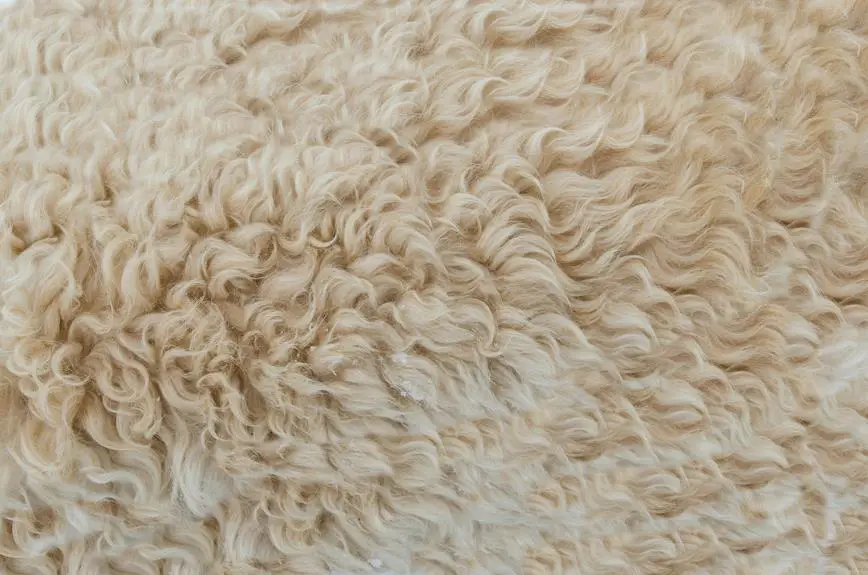When you encounter batiste fabric, you're looking at a lightweight textile that's often chosen for its soft, sheer qualities. This fabric stands out in the world of textiles, especially for garments like blouses and baby clothes. It's not just about comfort; its versatility allows it to shine in various applications. But what makes batiste a preferred choice among designers and crafters alike? Understanding its unique characteristics could change how you approach your next project.
Table of Contents
Definition of Batiste Fabric
Batiste fabric is a lightweight, plain weave textile known for its soft texture and sheer quality, making it ideal for delicate garments and linings. When you touch batiste, you'll notice how smooth and gentle it feels against the skin, which is why it's often chosen for baby clothes, blouses, and nightgowns. This fabric typically comes in cotton, but you might also find it in blends that include linen or polyester, offering a variety of options for your sewing projects.
Since batiste is so breathable, it's perfect for warm-weather attire. If you're considering using batiste for a project, keep in mind that its lightweight nature means it drapes beautifully, enhancing the overall look of your garment. You'll appreciate how easy it's to work with, as it holds its shape well while sewing.
Whether you're a seasoned sewist or just starting out, batiste fabric can elevate your creations. Just remember to choose the right needle and thread to ensure a smooth sewing experience. With batiste, you're not just making clothes; you're crafting pieces that are comfortable and elegant.
Characteristics of Batiste
Known for its lightweight and sheer qualities, batiste fabric offers a soft touch that enhances the comfort and elegance of any garment. When you choose batiste, you're opting for a material that brings several distinct characteristics to the table, making it a popular choice among designers and crafters alike.
- Softness: Batiste feels gentle against the skin, perfect for delicate garments.
- Breathability: Its airy nature allows for excellent airflow, keeping you cool in warmer weather.
- Drapability: The fabric flows beautifully, creating flattering silhouettes in dresses and blouses.
Whether you're sewing a summer dress or creating lovely curtains, batiste's qualities ensure that your creations aren't only comfortable but also visually appealing.
Its fine weave and smooth texture make it easy to work with, allowing for precise stitching and intricate details.
With batiste, you'll find that the end result is always a refined and polished look that stands out.
Embrace the unique aspects of batiste fabric in your next project!
Common Uses for Batiste
This lightweight fabric is ideal for crafting delicate garments like blouses, dresses, and nightgowns. Its soft texture drapes beautifully, making it a favorite for creating flowing silhouettes. You'll find that batiste is breathable, which makes it perfect for warm-weather wear.
In addition to clothing, batiste is often used for linings. It adds a smooth finish to your garments without adding bulk. If you're into sewing home décor, batiste can be a great choice for curtains or lightweight drapes, allowing natural light to filter softly through your space.
You might also want to consider using batiste for baby items, like crib sheets or delicate blankets. Its gentle feel against the skin makes it suitable for infants. Furthermore, it's commonly used in crafts such as embroidery, where its fine weave allows for detailed stitching.
Batiste's versatility extends to bridal wear, where it's often used for veils or underlayers, adding that ethereal touch. Whether you're sewing clothes or home items, using batiste lets you create beautiful, lightweight pieces that are both functional and stylish.
Types of Batiste Materials
You'll encounter various types of batiste materials, each offering unique qualities that cater to different sewing projects. Understanding these variations can help you choose the right batiste for your needs.
Cotton Batiste: Lightweight and breathable, cotton batiste is perfect for delicate garments like blouses and dresses. It's easy to sew and provides a soft drape.
Silk Batiste: This luxurious option adds an elegant touch to any project. Silk batiste has a beautiful sheen and is ideal for special occasion attire, but it requires a bit more care while sewing.
Polyester Batiste: Durable and less prone to wrinkling, polyester batiste is great for everyday wear. It's often more affordable and suitable for beginners.
Blend Batiste: Combining fibers, blend batiste materials offer the best of both worlds. They can provide the softness of cotton and the durability of polyester, making them versatile for various sewing projects.
Care and Maintenance Tips
To keep your batiste fabric looking its best, always follow the care instructions specific to the material you've chosen.
Start by washing your batiste items in cold water using a gentle cycle. This helps prevent shrinking and maintains the fabric's delicate texture. Avoid using bleach, as it can damage the fibers and affect the color. Instead, opt for mild detergents that are safe for delicate fabrics.
When it comes to drying, air-drying is your best bet. Lay your batiste pieces flat or hang them up to avoid any distortion. If you need to use a dryer, select a low-heat setting and remove the items while they're still slightly damp to minimize wrinkles.
For ironing, use a low-temperature setting and place a thin cloth between the iron and the fabric to protect it. Always iron your batiste while it's slightly damp for the best results.
Finally, store your batiste garments in a cool, dry place, ideally folded rather than hung, to preserve their shape and prevent creases.
Historical Background of Batiste
Batiste fabric, known for its lightweight and delicate qualities, has a rich history that dates back to the 14th century in Europe, where it was originally made from linen before transitioning to cotton. The name 'batiste' is believed to come from the French town of Béthune, where the fabric was first woven. As you explore its evolution, you'll find it played a significant role in the textile industry, especially during the 18th and 19th centuries.
Here are some key highlights of batiste's history:
- Origin: Initially crafted from linen, showcasing the skills of early European weavers.
- Transition: Shifted to cotton, making it more accessible and versatile for various uses.
- Popularity: Gained fame in the fashion world, often used for shirts, blouses, and delicate garments.
Understanding the historical background of batiste allows you to appreciate its timeless appeal and versatility in contemporary fashion.
Whether you're sewing or shopping, knowing its roots enriches your experience with this beautiful fabric.
Frequently Asked Questions
Is Batiste Fabric Suitable for All Skin Types?
Yes, batiste fabric's lightweight and breathable nature makes it suitable for most skin types. If you have sensitive skin, though, it's wise to test it first, just to ensure comfort and avoid irritation.
Can Batiste Be Used for Outdoor Clothing?
Yes, you can use batiste for outdoor clothing. Its lightweight and breathable nature makes it comfortable in warm weather, but you'll want to ensure it's durable enough for your specific outdoor activities.
What Are the Environmental Impacts of Batiste Fabric Production?
When considering batiste fabric production, you'll find that it often involves significant water usage and chemical treatments. Sustainable practices can minimize these impacts, so look for eco-friendly options if you're concerned about the environment.
How Does Batiste Compare to Other Lightweight Fabrics?
When comparing lightweight fabrics, you'll find batiste's soft texture and breathability stand out. It's lighter than many cottons and linens, making it an excellent choice for delicate garments and summer wear without compromising comfort or style.
Is Batiste Available in Various Colors and Patterns?
Yes, you'll find batiste available in a wide range of colors and patterns. Whether you prefer solid shades or intricate designs, there's something to match your style and project needs perfectly.
- How Does Ring Spun Cotton Affect Garment Fit and Shape Retention? - August 13, 2024
- What Are the Challenges in Producing Ring Spun Cotton? - August 13, 2024
- Is Ring Spun Cotton Suitable for Plus-Size Clothing? - August 13, 2024






